Not-gate, if get a 0(Off) input, it gives an 1 (On) output. And if get a 1 (On) input, gives-back a 0(Off) output.
Now, if-I could bring the output back to the input of the not-gate, then what will happen? If the gate is getting a 1 input, it is giving a 0- output, and then if it is getting a 0 input, it is giving an 1 output.
The situation sounds-like a physical-model of a "self-contradiction" (self- false) (like when fever-attacked kid-Bertrand Russel waiting to be april-fooled by his brother, taking preparation against all possible tricks, Bertrand Russel's brother made Bertrand an april-fool by doing "no-april-fool" at all; and if Bertrand's brother uses any april-fool trick, Bertrand will Not be april-fooled, and if Bertrand's brother use no april fool that means Bertrand hasbeen april-fooled by-his brother).
Now, what will-be happen in case of the real hardware called a NOT gate?
I ASSUME the possibilities;
the gate will always remain as 0 (off)-output .
the gate will always remain as 1(on)-output .
The gate will be "PULSATING"; once it will 1 output; at the next-moment, after receiving that 1(on)-signal it will give-out a Zero (off) signal, and the cycle will run on and on. The frequency of this oscillation will depend on physical-characteristics of circuit component.
the circuit will be get-damaged ( due to some anomalous current, overheating, etc) and soon permanently stop working.
Will something happen within-these assumptions?
PS. I'm thinking about this-problem from my schooldays, but since yet I do-not know, how to assemble a not-gate in a circuit, from-where they could be bought, etc; I yet could-not test it experimentally.
